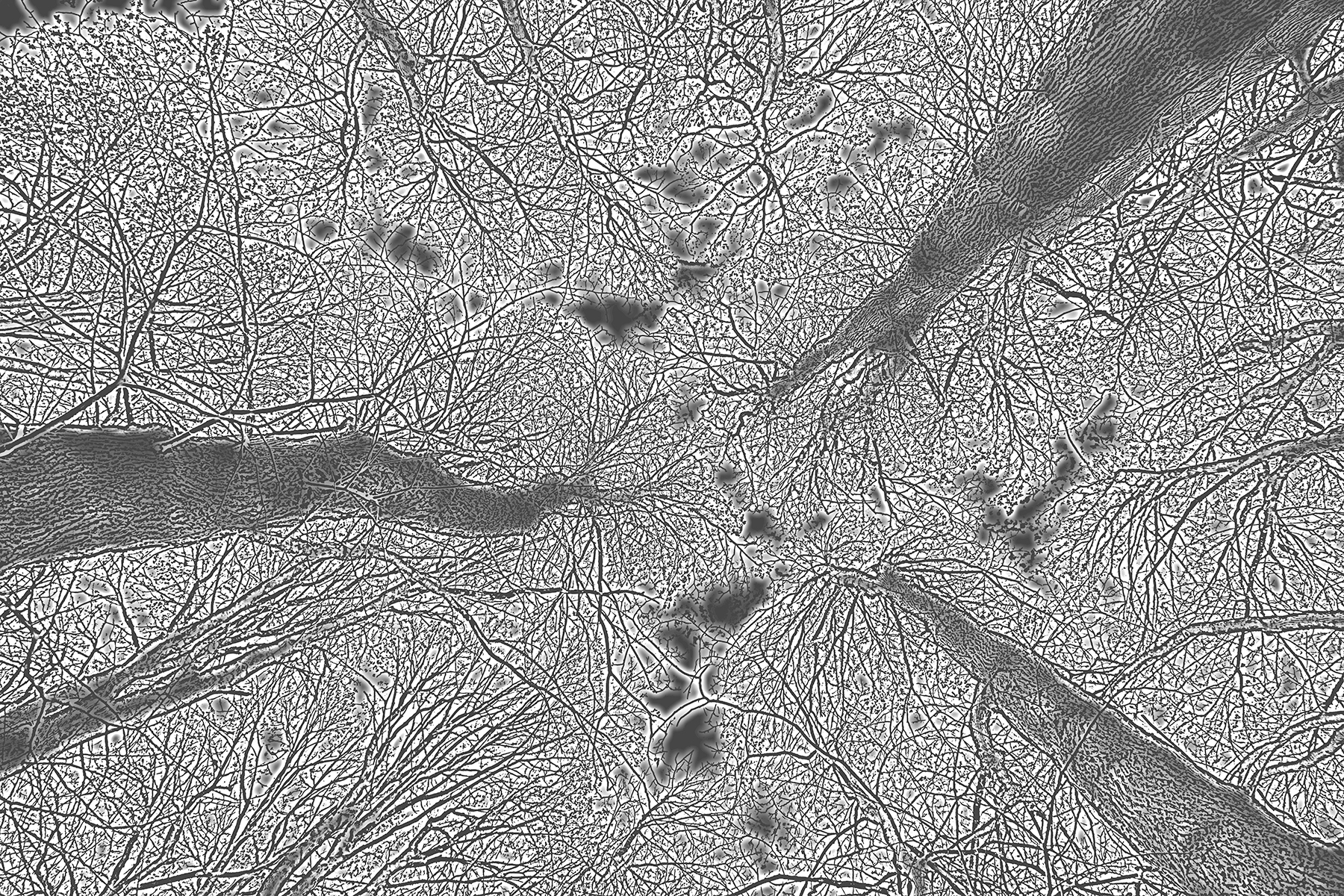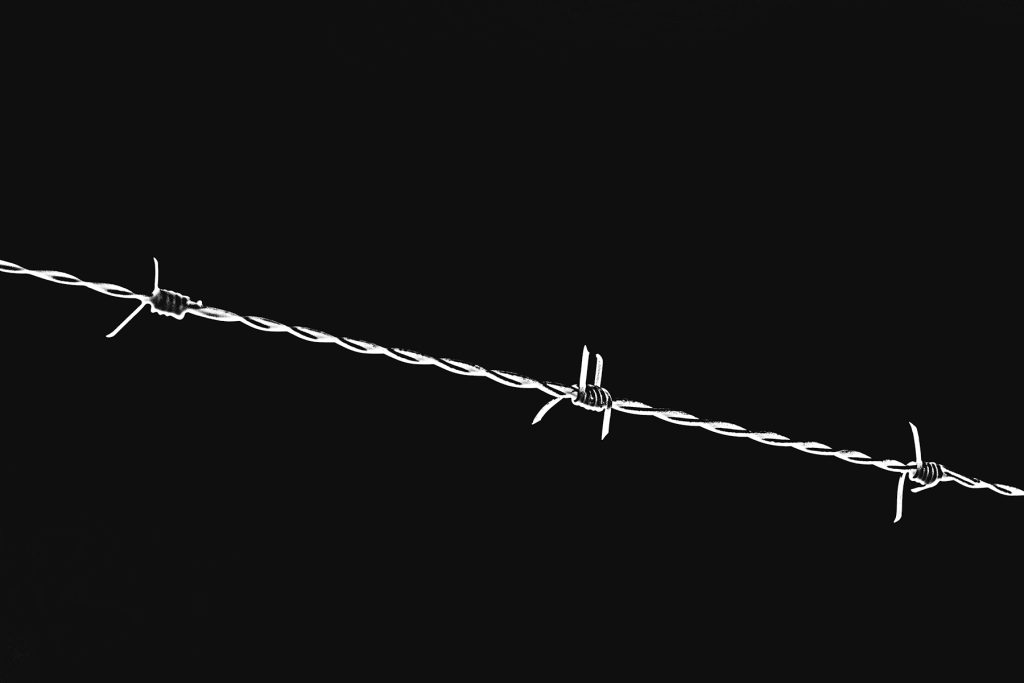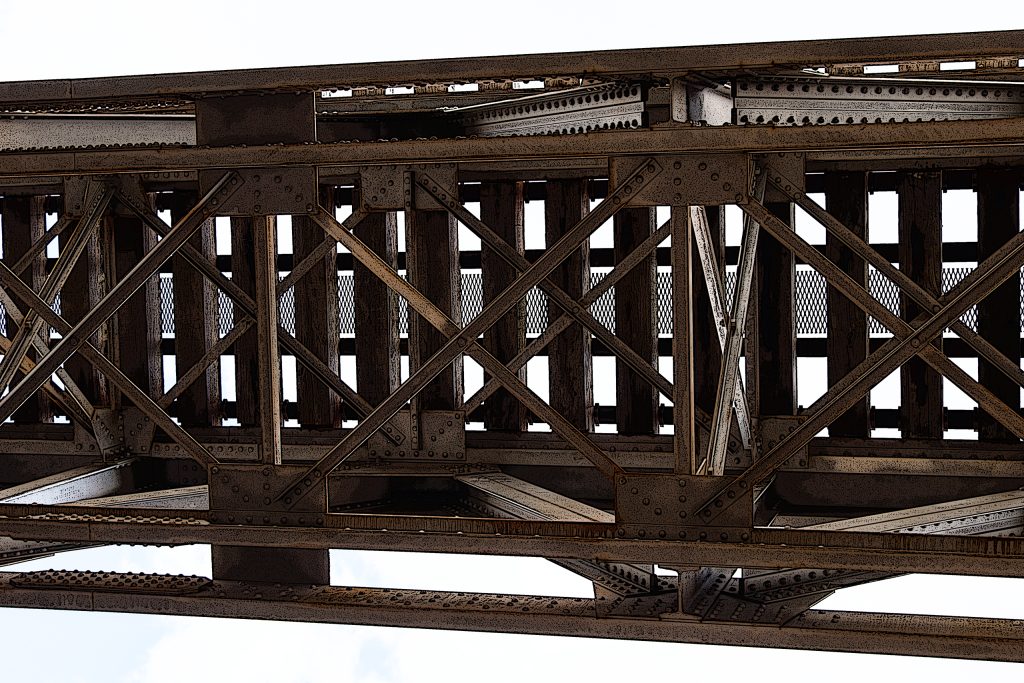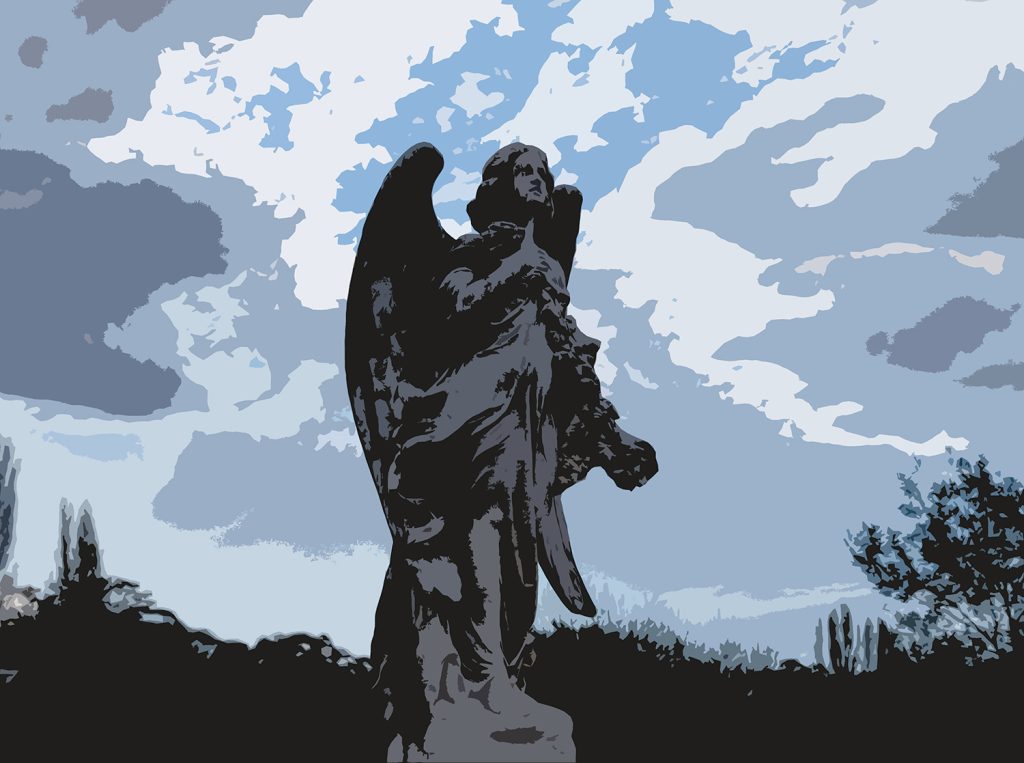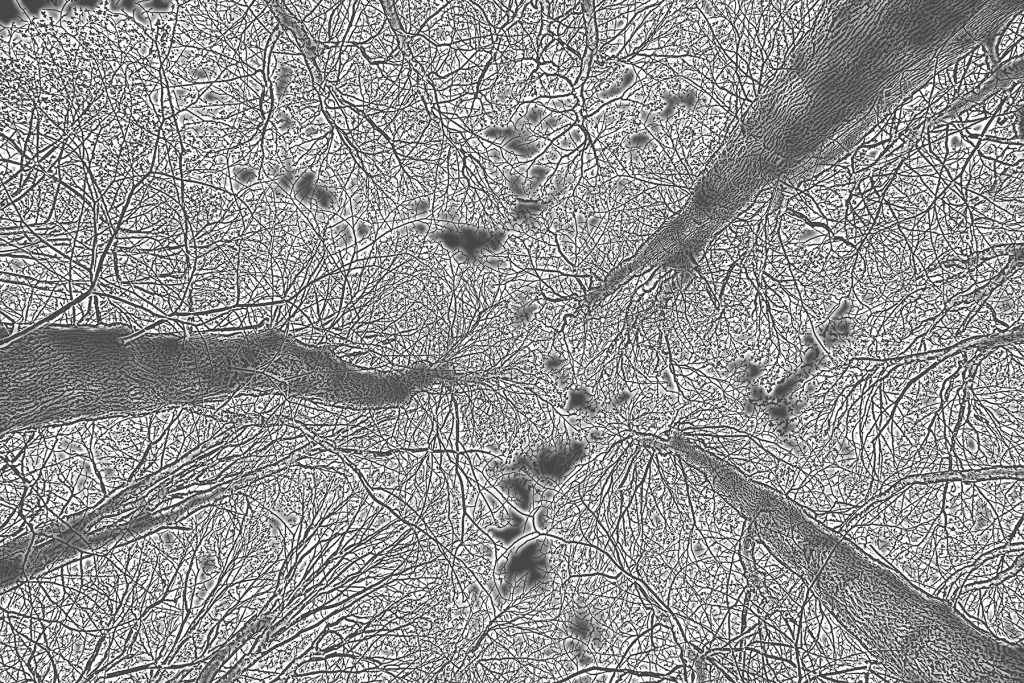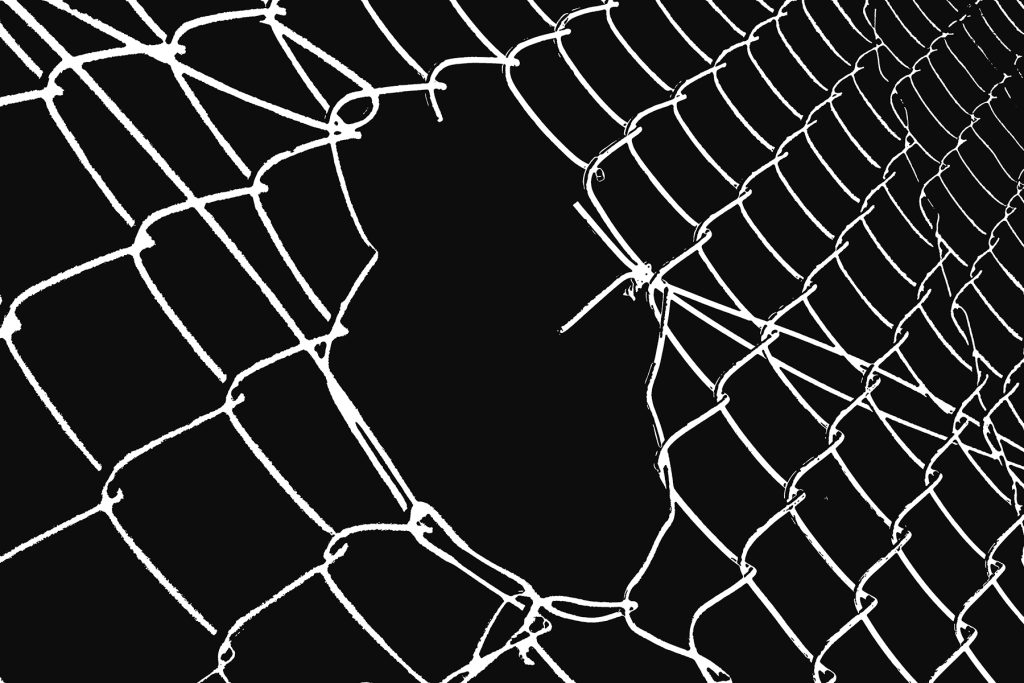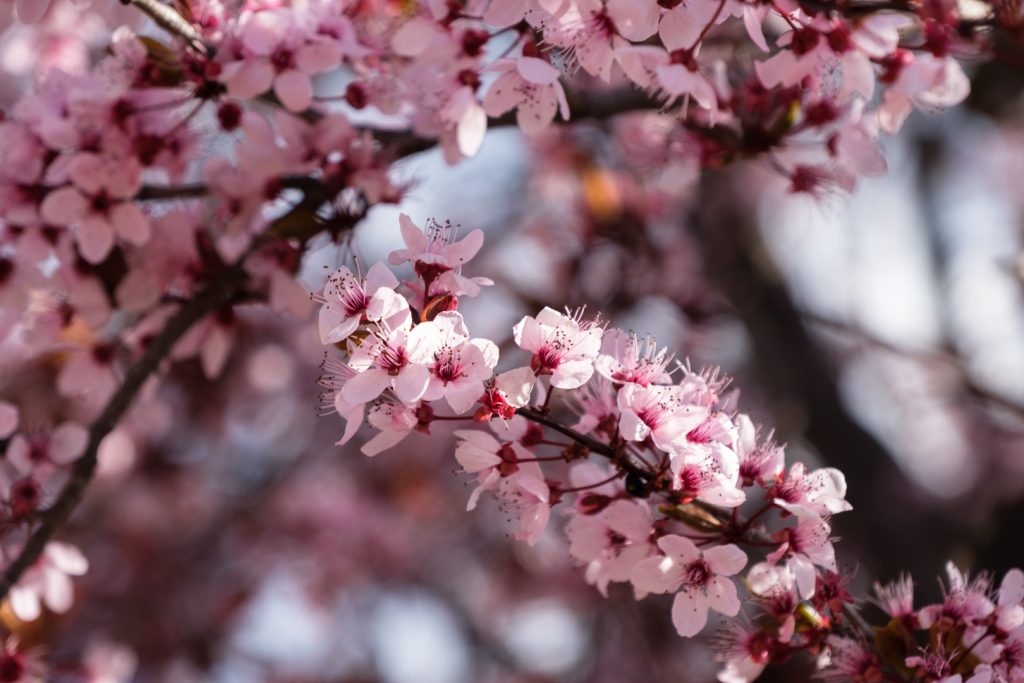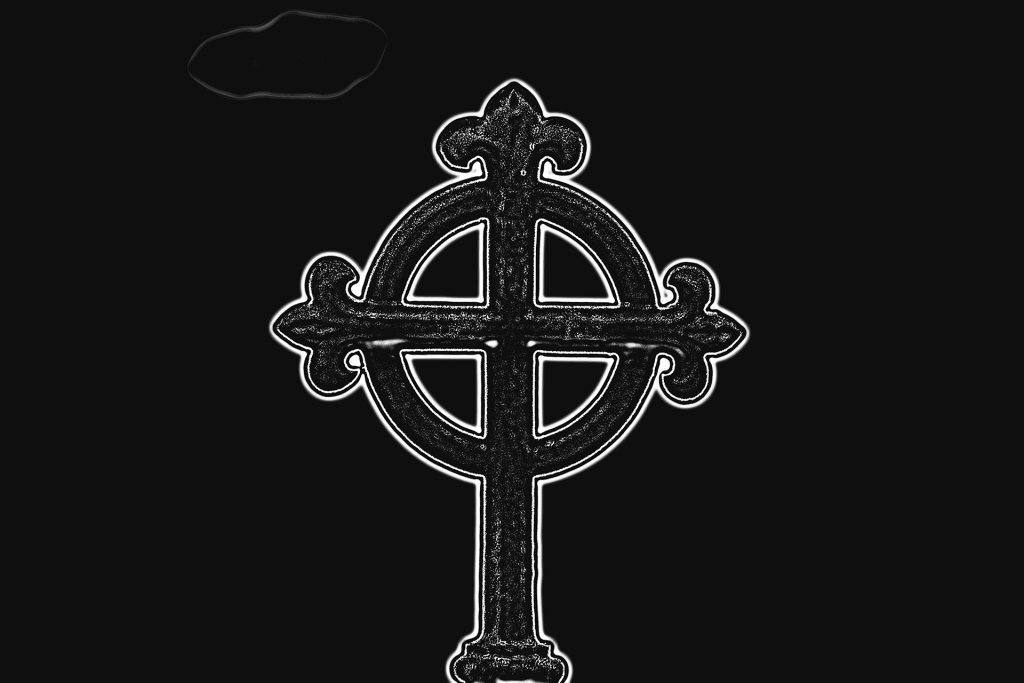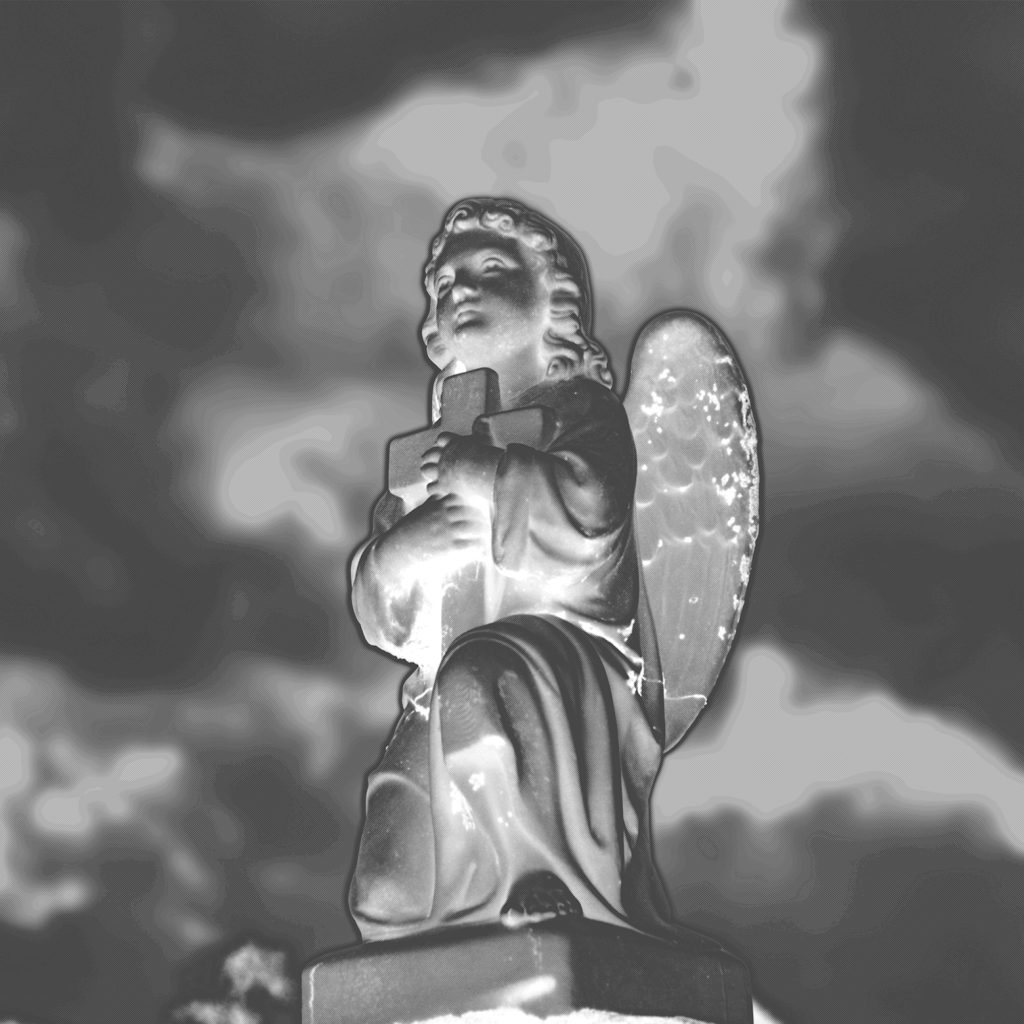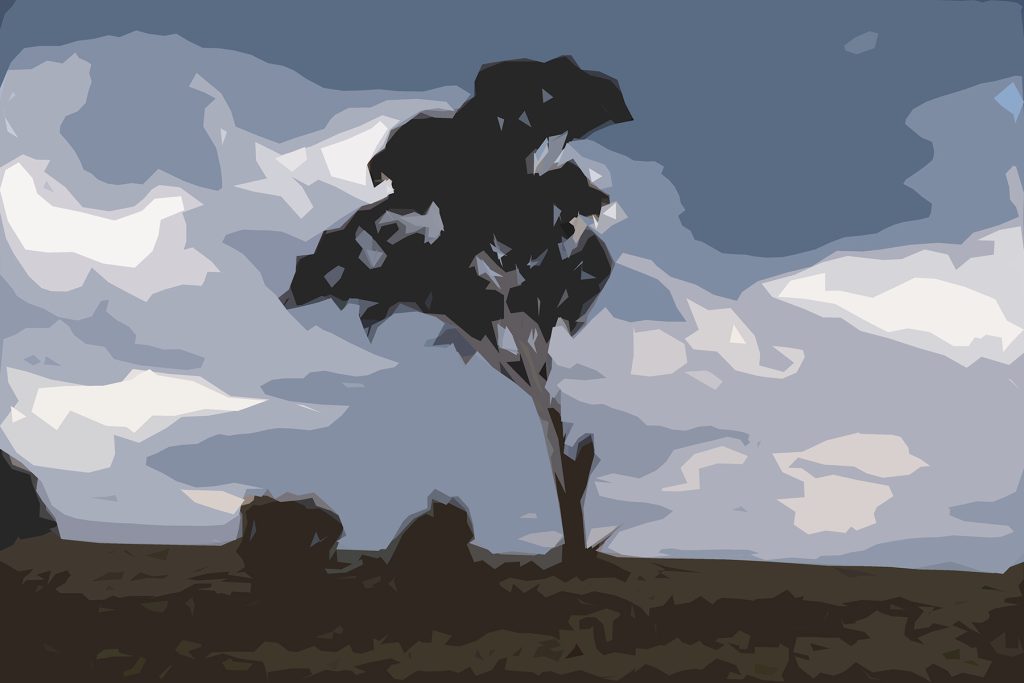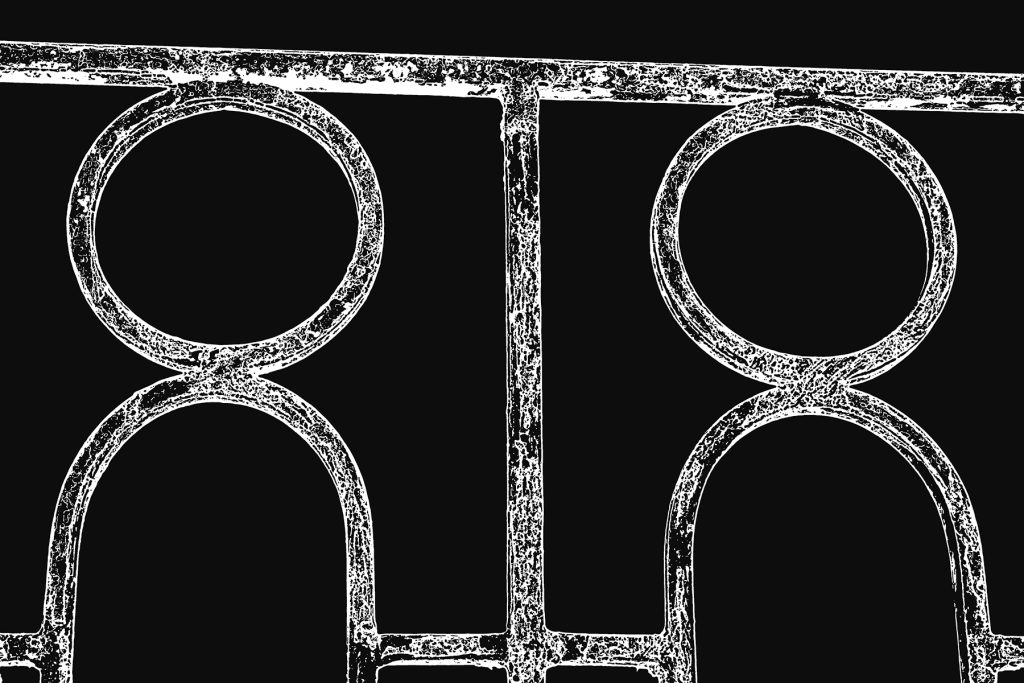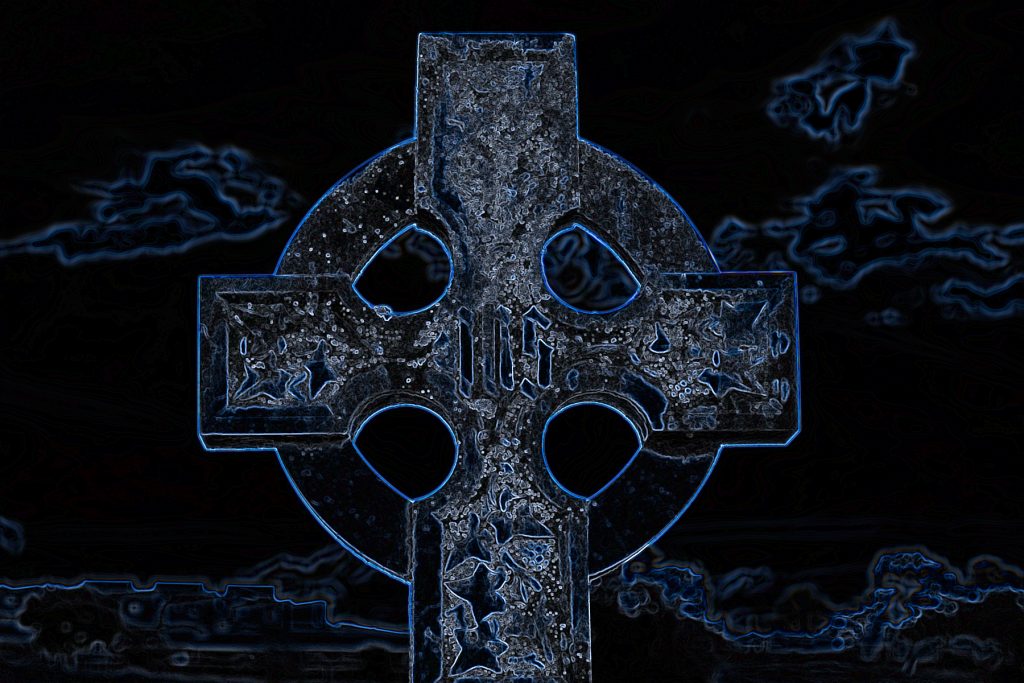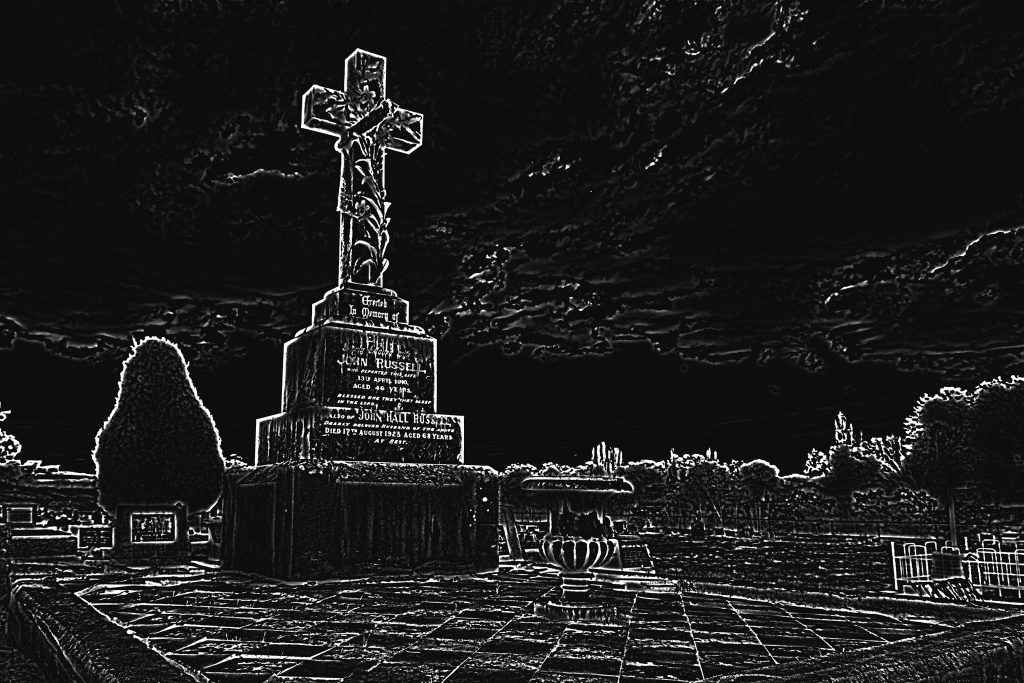In the 19th century, the development of the camera turned the art world upside down. Even the most technically skilled painters couldn’t compete with the precision and clarity of the photographers. So visual artists had to reconsider and contextualise their own role. They developed the more abstract and expressionistic styles we call modern art, turning away from the capture of the existing and finding a new niche in more interpretive, unconventional works.
The development of smartphones and their cameras pose the same problem for traditional photographers. Anyone with a modern smartphone can capture a scene or landscape with a precision and clarity which approaches that of a photographer. At the margins, there is still a gap in quality, and some scenarios (wildlife, astro, etc) where specialised equipment or skills are required. But for a typical landscape shot, particularly when viewed on a smartphone or tablet screen – as much photographic consumption is done today – can you tell the difference between a DSLR and a smartphone? A good photographer will still make a difference in composition, lighting, processing, etc but not in terms of technical precision or clarity. These elements, once the centre of the photographer’s purpose, are now available to most of the world through a device everpresent in their pockets.
So for the future of photography as an art, I think we need to look to the world of painted art. If precision and clarity are the default, then perhaps the new photography could radically discard these notions.
If scenes from life are everywhere, then perhaps the new photographer should distort and break their photos into scenes from un-life.
If beauty and light are everywhere, perhaps the new photographer could explore the bleak and dark.
There will always be a place for simply beautiful scenes, just as some painters still work in realistic styles. While there is a gap between DSLRs and smartphones, between skilled and unskilled photographers, there will still be a place for conventional photography.
But the proliferation of quality cameras throughout our lives means that artists who work in the photographic medium need to start asking themselves the question painters have been grappling with for a hundred and fifty years – what is my art?
